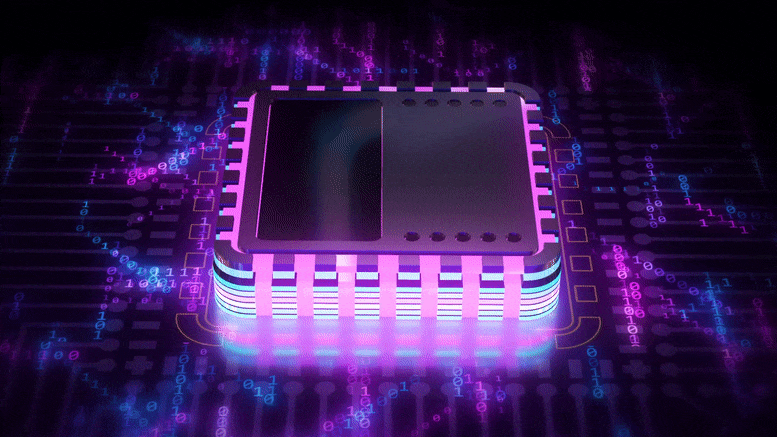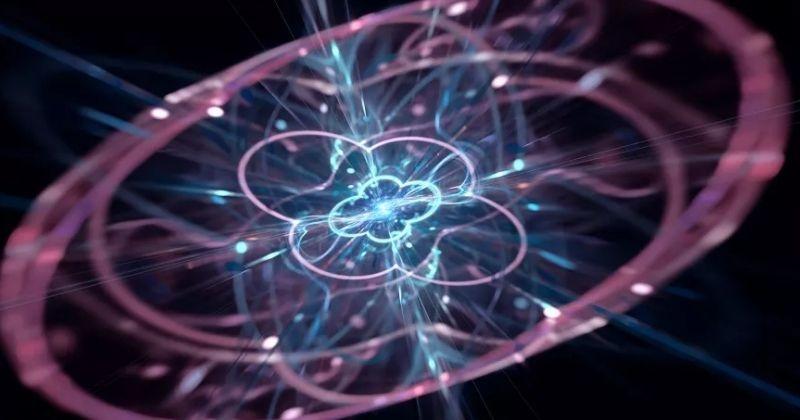During operations in Gaza in mid-May, the Israel Defense Forces (IDF) used a swarm of small drones to locate, identify and attack Hamas militants. This is thought to be the first time a drone swarm has been used in combat.


The world’s animals and wildlife are becoming extinct at a greater rate than at any time in human history. Could technology help to save threatened species?
Read our latest technology quarterly on protecting biodiversity: https://econ.st/3dqdkKN
Listen to our Babbage podcast episode on the biodiversity crisis: https://econ.st/3dqfPww.
Sign up to The Economist’s daily newsletter to keep up to date with our latest stories: https://econ.st/3gJBH8D
How should economists think about biodiversity?: https://econ.st/3y1zCu7
Humans are wreaking havoc on global biodiversity: https://econ.st/3jqM5U8


Year after year, the explosive growth of computing power relies on manufacturers’ ability to fit more and more components into the same amount of space on a silicon chip. That progress, however, is now approaching the limits of the laws of physics, and new materials are being explored as potential replacements for the silicon semiconductors long at the heart of the computer industry.
New materials may also enable entirely new paradigms for individual chip components and their overall design. One long-promised advance is the ferroelectric field-effect transistor, or FE-FET. Such devices could switch states rapidly enough to perform computation, but also be able to hold those states without being powered, enabling them to function as long-term memory storage. Serving double duty as both RAM and ROM, FE-FET devices would make chips more space efficient and powerful.
The hurdle for making practical FE-FET devices has always been in manufacturing; the materials that best exhibit the necessary ferroelectric effect aren’t compatible with techniques for mass-producing silicon components due the high temperature requirements of the ferroelectric materials.

Wide, diagonal avenues radiate from the Capitol building in Washington, D.C., outward through the city.
The original layout and design of Washington, D.C., comes to life in this springtime photograph taken by an astronaut on the International Space Station. The near-nadir, high resolution photo offers a view of the city’s layout that its architects, Peter L‘Enfant and Andrew Ellicott, could only imagine when they drew up plans for the District of Columbia in the 1790s. Nestled at the confluence of the Potomac and Anacostia rivers, today the city serves as both the seat of the U.S. government and as a tribute to the history of the nation.
From above, the city layout draws the eye to the Capitol. This was the architects’ starting point, and the rest of the city was built in quadrants defined by axes extending in cardinal directions from this “center” of American government. These axes orient the rest of the D.C. street grid, with one notable exception. Wide, diagonal avenues radiate from the Capitol outward through the city, meeting with other diagonals to form parks and public spaces. These diagonals, named after the first states, are the main thoroughfares. The most famous of these avenues is a direct line between two branches of government—Pennsylvania Avenue physically links the White House with the Capitol.

Physics World
A device that can generate electricity while desalinating seawater has been developed by researchers in Saudi Arabia and China, who claim that their new system is highly efficient at performing both tasks. The device uses waste heat from the solar cell for desalination, thereby cooling the solar cell. It also produces no concentrated brine as waste, cutting its potential environmental impact.
In many parts of the world, climate change and population growth are putting huge demands on freshwater supplies. In some coastal regions, desalination – removing the salt from brackish water or seawater to turn it into fresh water – is increasingly being used to meet demand. Indeed, there are now around 16000 desalination plants around the world producing about 95 million cubic metres of freshwater every day.
However, current desalination systems can be expensive and energy hungry, producing significant carbon emissions. The process can also produce highly concentrated salt water, or brine, as well as freshwater. This brine can also contain toxic chemicals introduced during the desalination process and if not disposed of properly, it can have negative environmental impacts.

The biggest ever radio telescope just started construction, and is scheduled to begin science operations in 2027. It will be 50 times more sensitive than any previous observatory, and 10000 times faster at gathering data. It will study the so-called Dark Ages (just 380000 years after the Big Bang), as well as large-scale galactic structures, and could even look for signs of alien life.
This week, construction officially began on the Square Kilometre Array – set to become the largest and most sensitive radio telescope ever built – with first light scheduled for 2027.


The scientists studied fermion masses which they are of the belief that can be communicated into the fifth dimension through portals, forming dark matter relics and ‘fermionic dark matter’ within the novel fifth dimension.
Researchers said in a statement to Vice, “We found that the new scalar field had an interesting, non-trivial behaviour along the extra dimension. If this heavy particle exists, it would necessarily connect the visible matter that we know and that we have studied in detail with the constituents of dark matter, assuming the dark matter is composed out of fundamental fermions, which live in the extra dimension.”
They refer to the particle as a potential messenger to the dark sector. But hypothesising is not as hard as actually looking for the particle. If you didn’t know, the Higgs Boson Particle which was discovered in 2012 and also rewarded the discoverer with a Nobel Prize, was first proposed sometime in 1964. It was only discovered after the construction of the Large Hadron Collider — world’s most powerful particle accelerator.

Astronomy is all about data. The universe is getting bigger and so too is the amount of information we have about it. But some of the biggest challenges of the next generation of astronomy lie in just how we’re going to study all the data we’re collecting.
To take on these challenges, astronomers are turning to machine learning and artificial intelligence (AI) to build new tools to rapidly search for the next big breakthroughs. Here are four ways AI is helping astronomers.